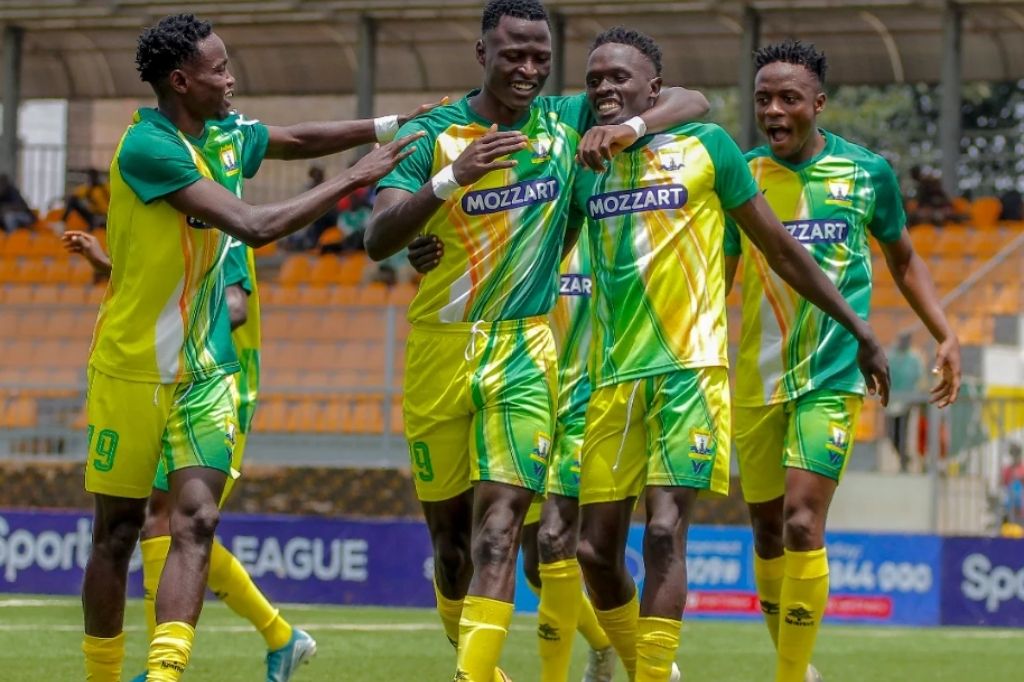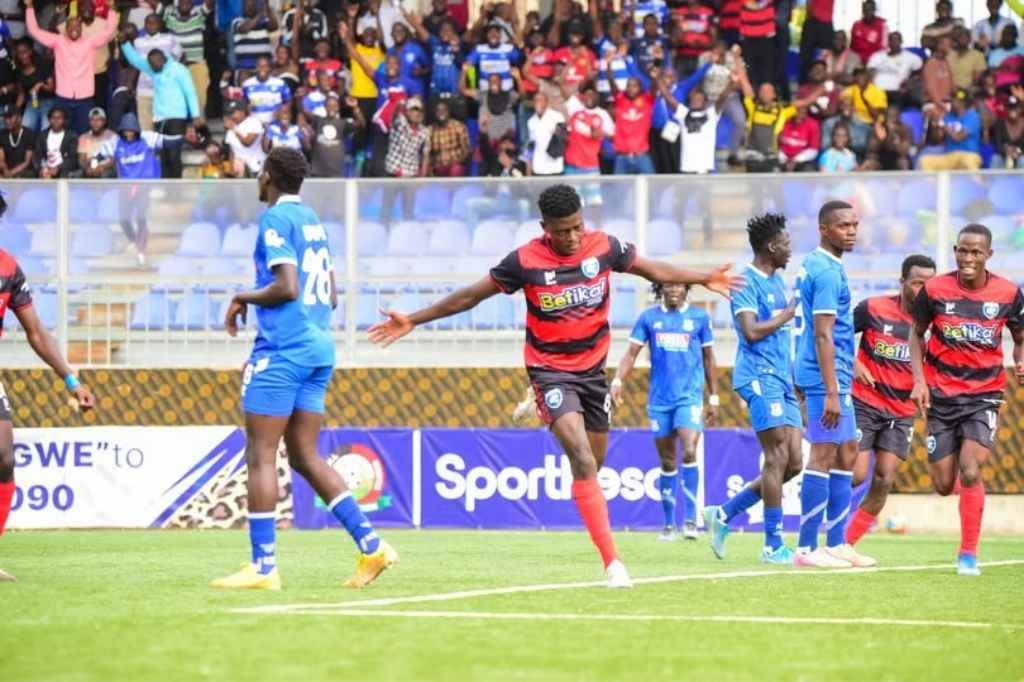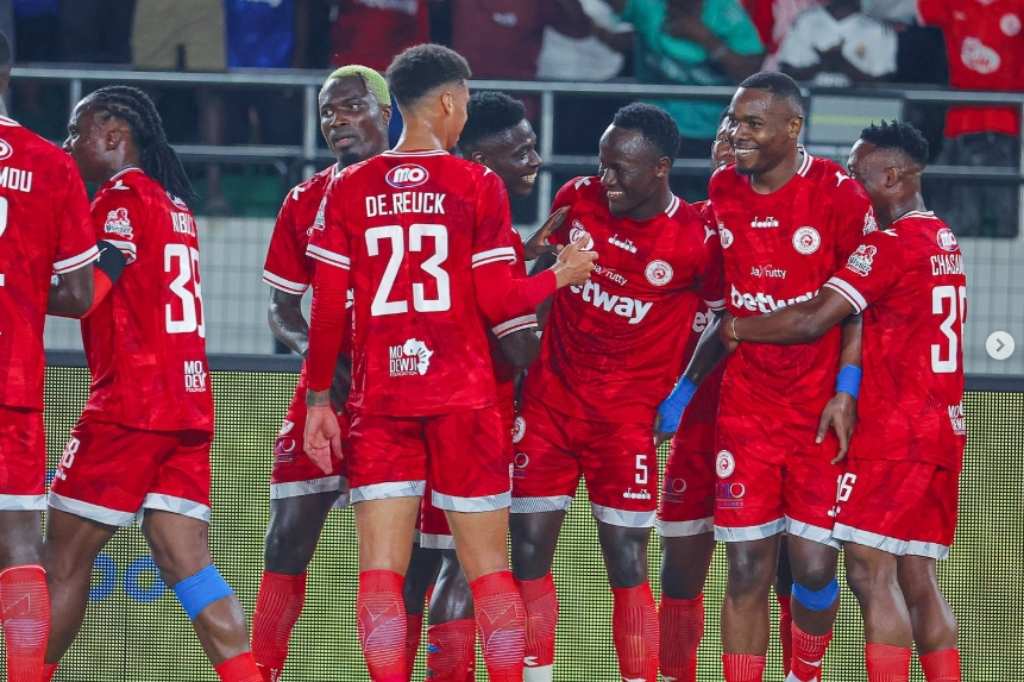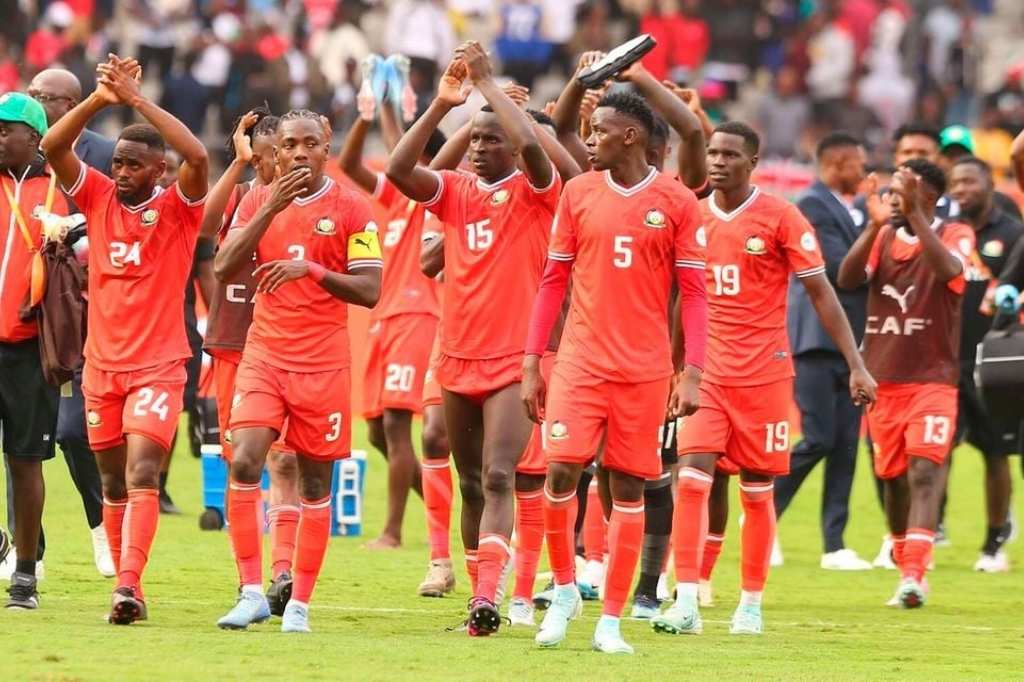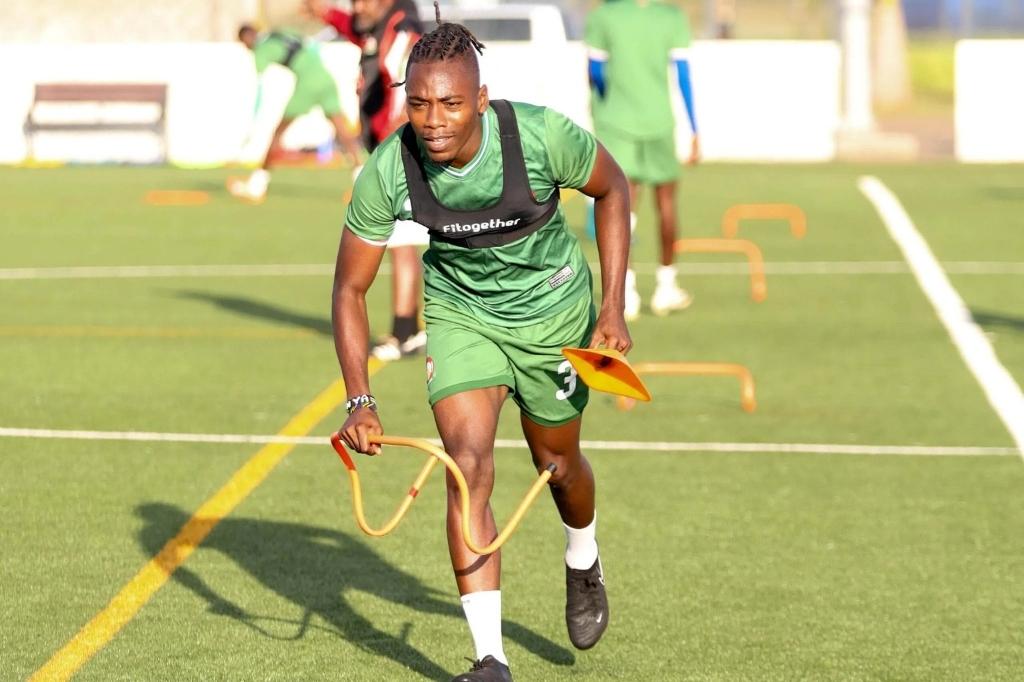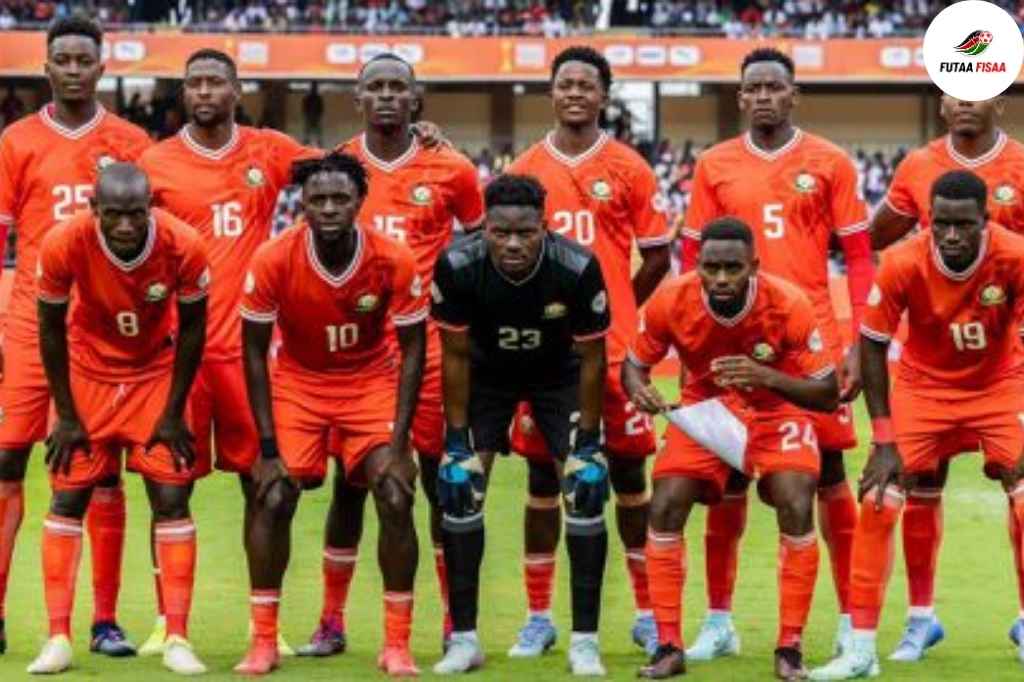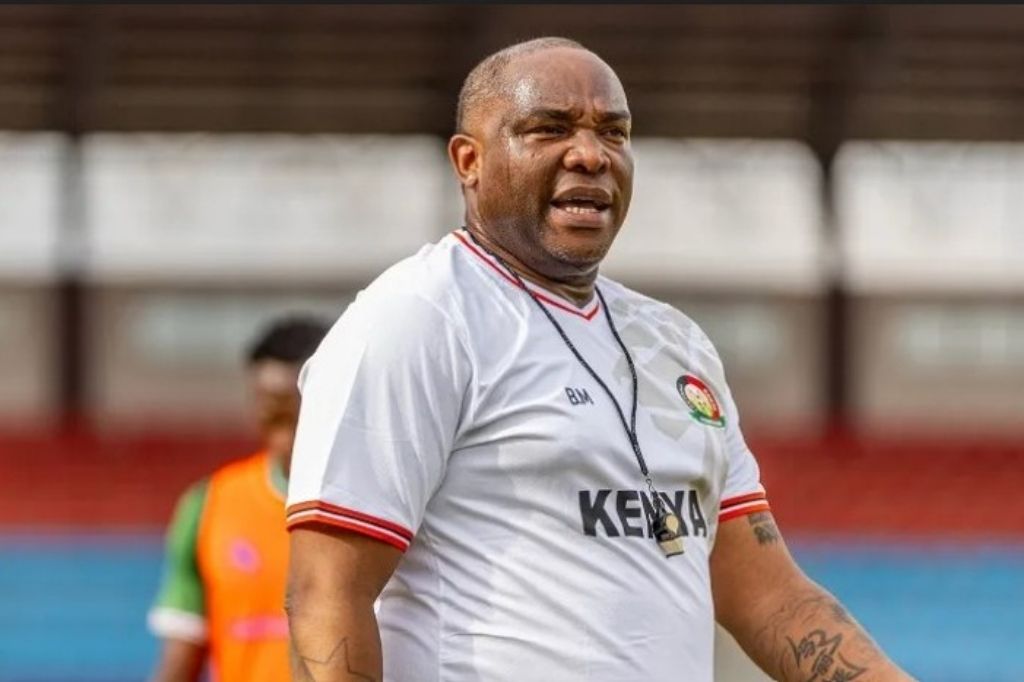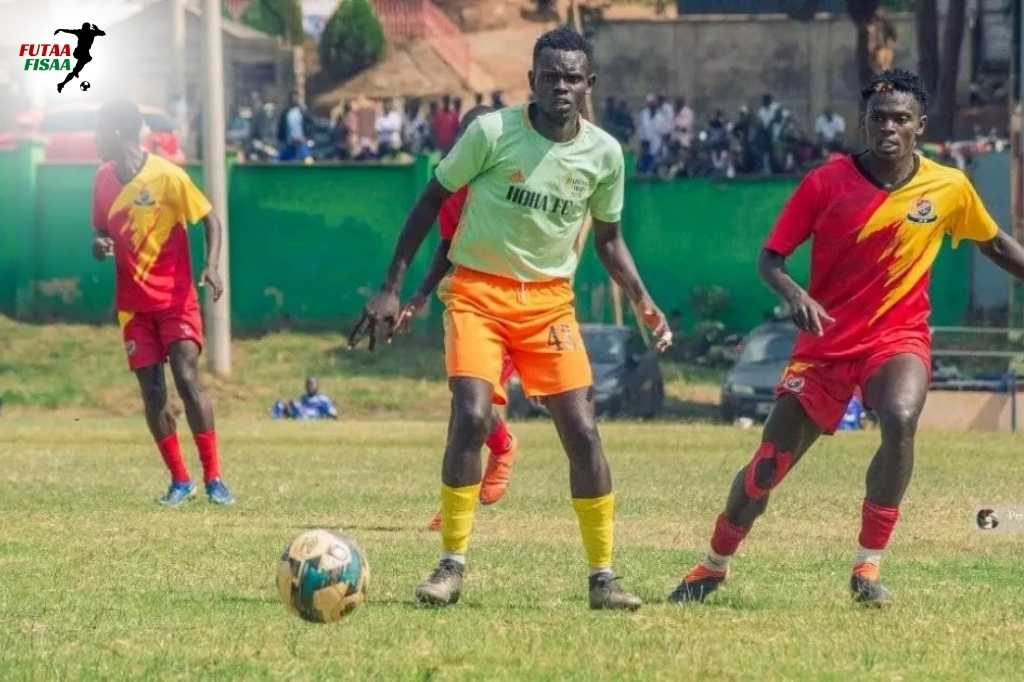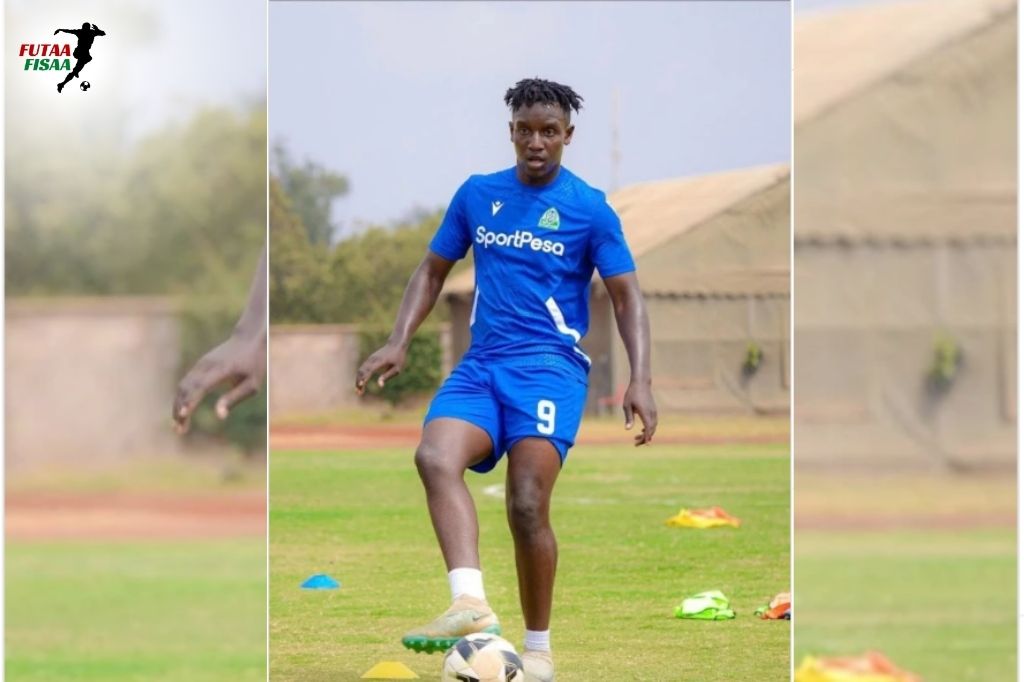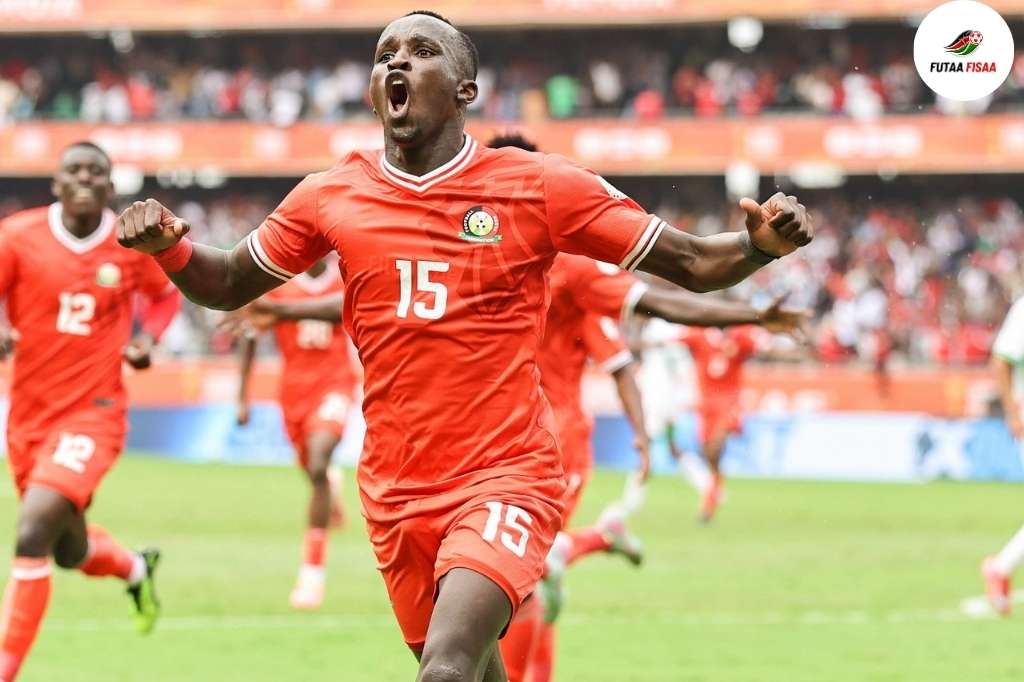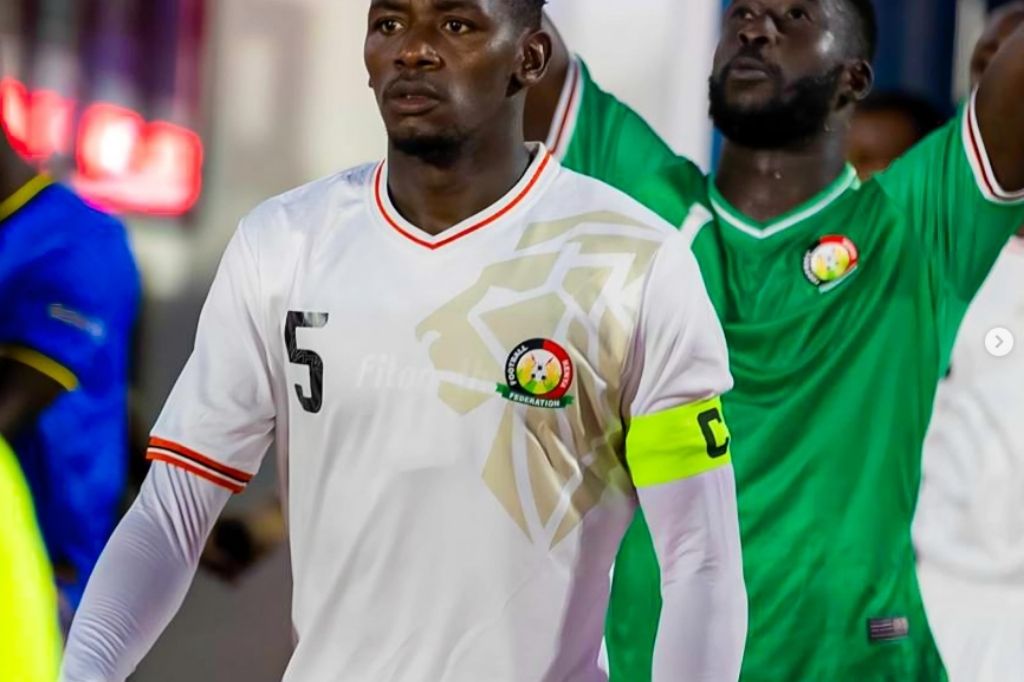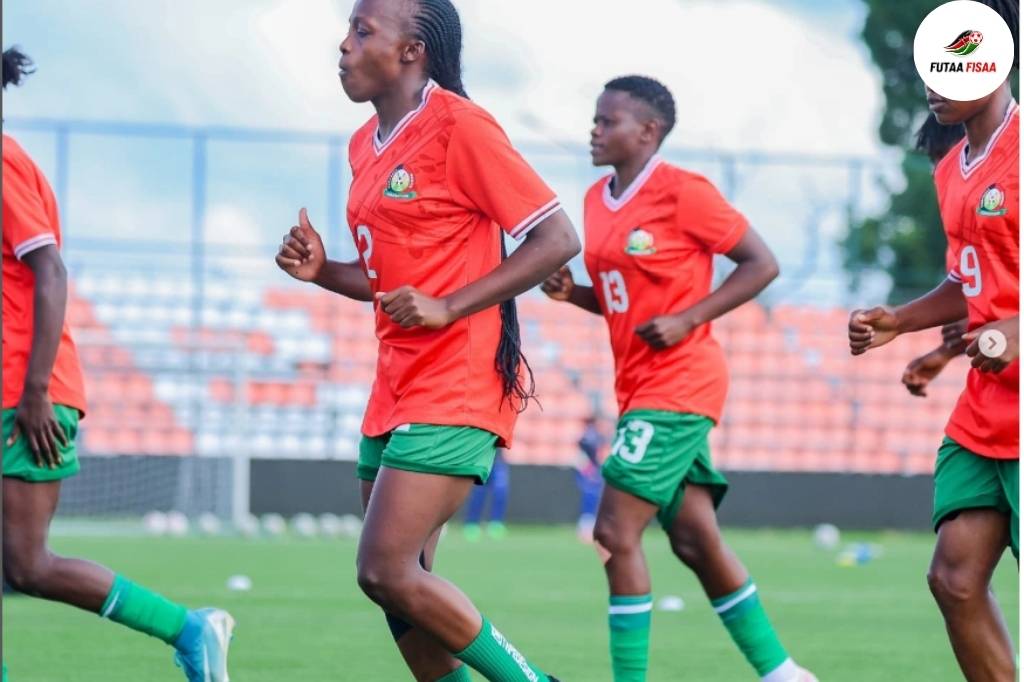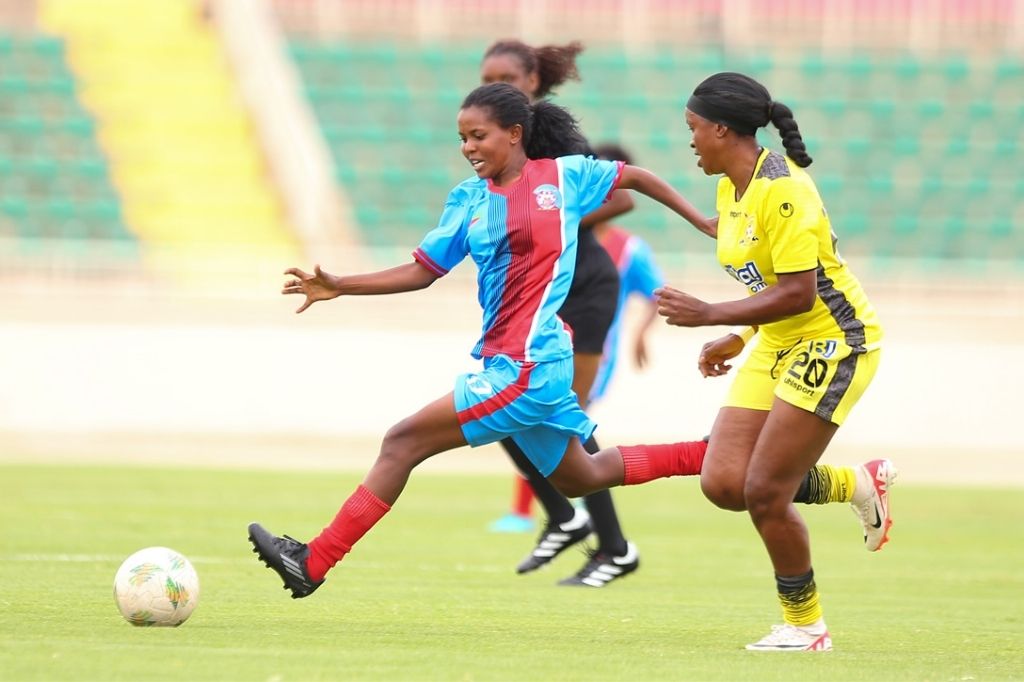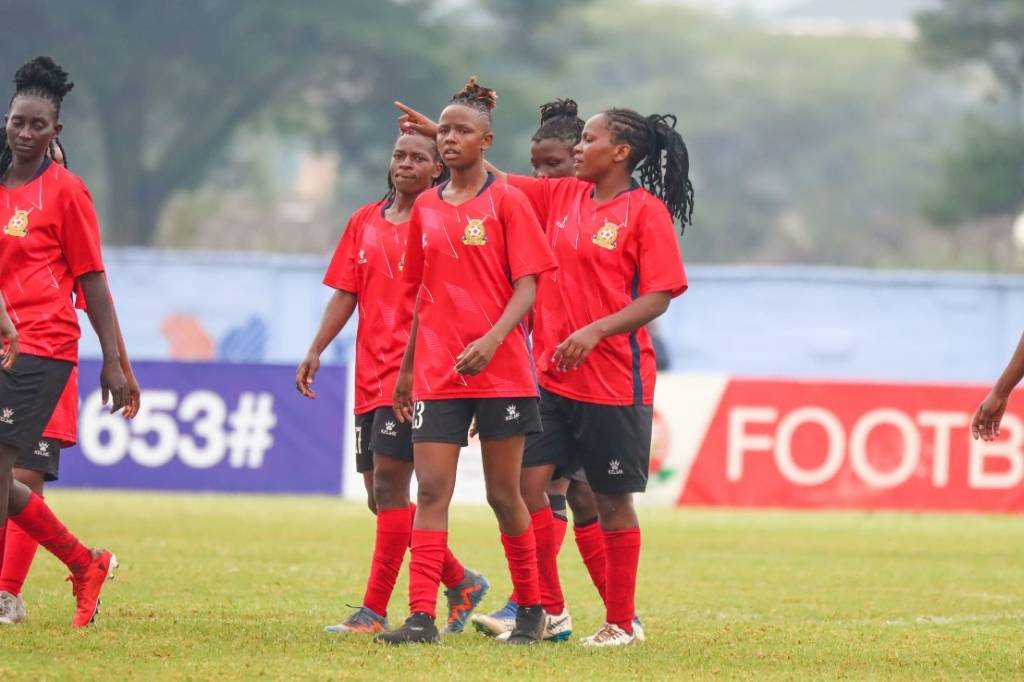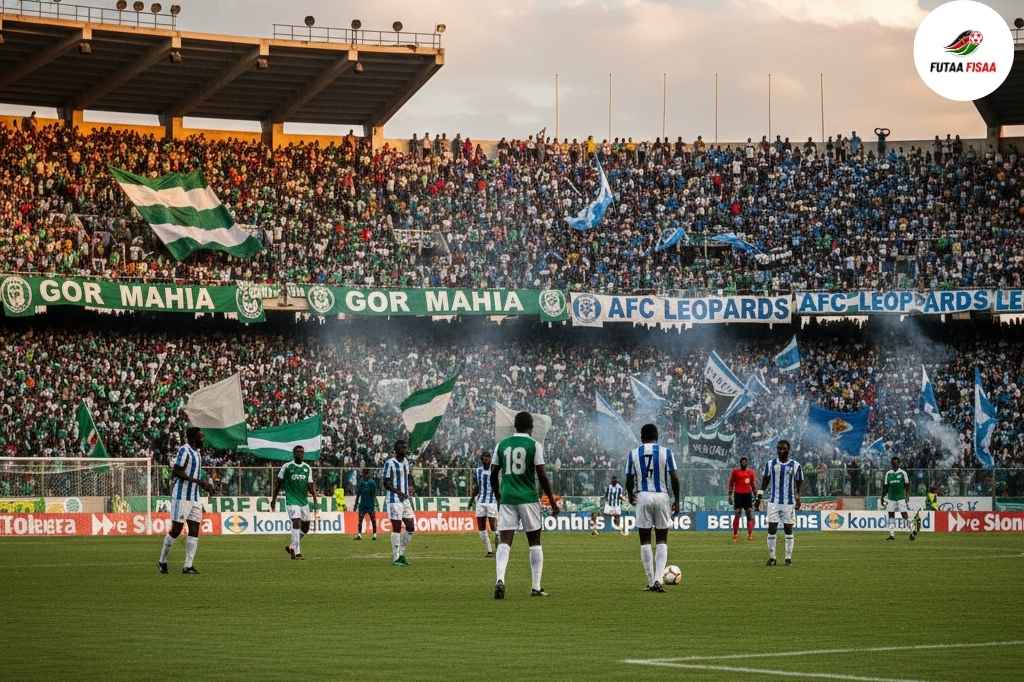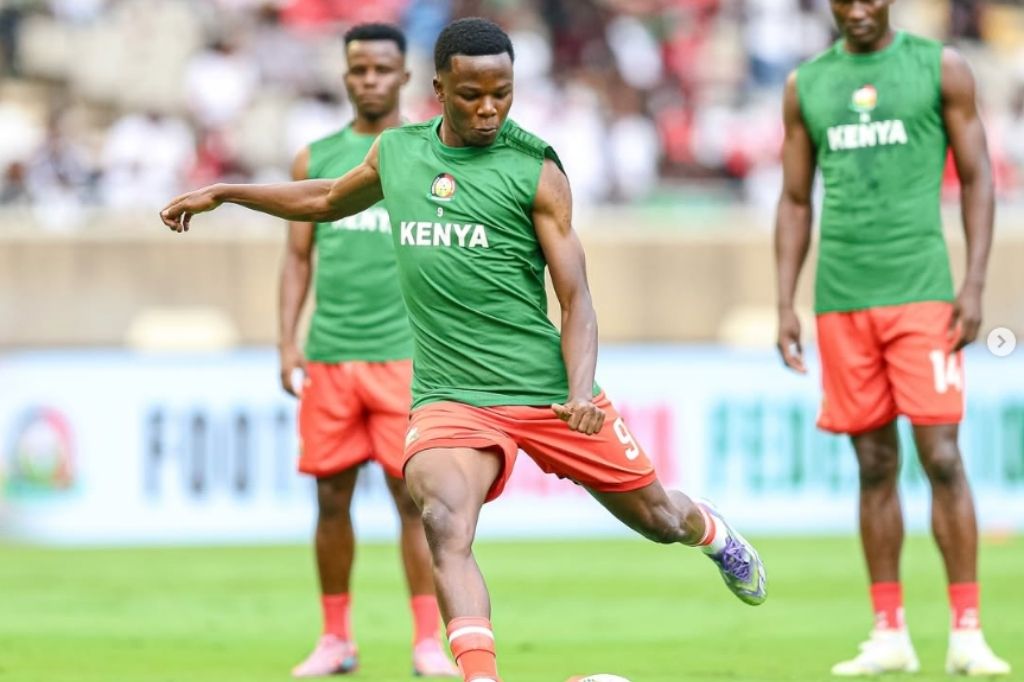Now Reading: Top 10 Stadiums in Kenya: Building the Future of Football Ahead of AFCON 2027
-
01
Top 10 Stadiums in Kenya: Building the Future of Football Ahead of AFCON 2027
Top 10 Stadiums in Kenya: Building the Future of Football Ahead of AFCON 2027
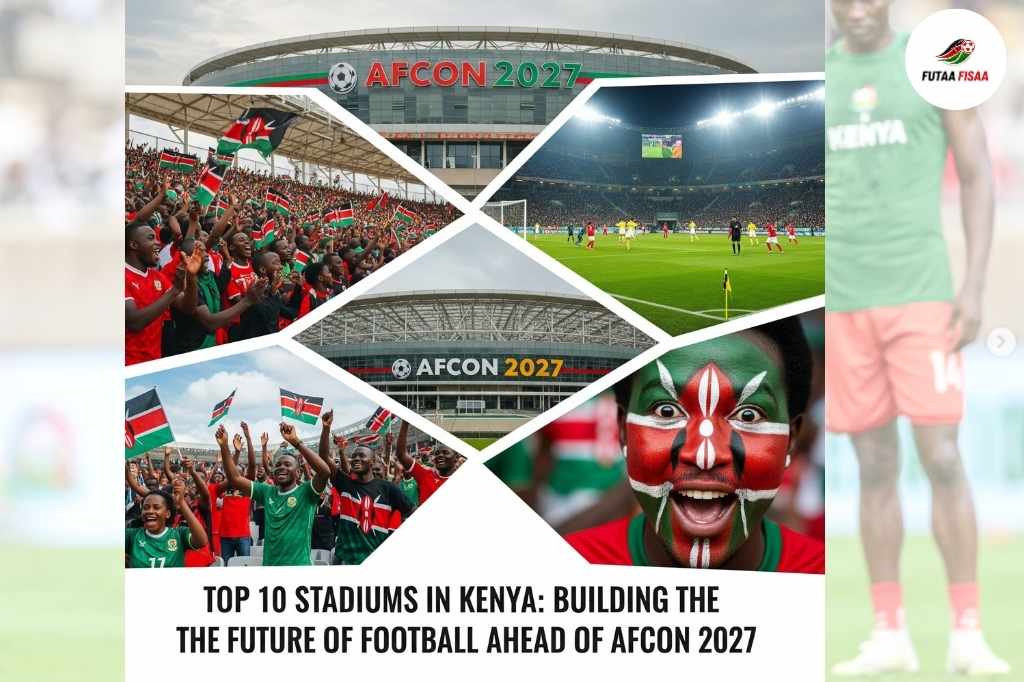
For the first time in history, Kenya, Uganda, and Tanzania will co-host the Africa Cup of Nations (AFCON) in 2027 — a monumental moment for East African football.
This isn’t just a tournament. It’s a statement. A promise. A chance to show the continent that East Africa is ready to shine on the biggest stage.
To meet the Confederation of African Football (CAF) standards, all three countries are racing to upgrade their stadiums.
In Kenya, this has sparked a wave of construction, renovation, and innovation — turning old grounds into modern arenas and building new ones from scratch.
Let’s take you on a tour of Kenya’s top stadiums — the beating hearts of our football culture.
Key Takeaways
- Kenya, Uganda, and Tanzania will co-host AFCON 2027 for the first time in history
- Talanta Sports City will be Kenya’s first football-only stadium with 60,000 capacity
- Over Ksh 50 billion invested in stadium infrastructure upgrades across Kenya
- 12 major stadiums undergoing renovations or new construction
- CAF standards driving technological upgrades including VAR and goal-line technology
- CHAN 2024 lessons shaping AFCON 2027 preparations
Table of Contents
- Featured Stadiums: Where Culture Meets Competition
- Moi International Sports Centre (Kasarani), Nairobi
- Talanta Sports City, Nairobi
- Nyayo National Stadium, Nairobi
- William Ole Ntimama Stadium, Narok
- Kenyatta Stadium, Machakos
- Afraha Stadium, Nakuru
- Ulinzi Sports Complex, Nairobi
- Jomo Kenyatta Stadium, Kisumu
- Bukhungu Stadium, Kakamega
- Gusii Stadium, Kisii
- Dandora Stadium, Nairobi
- Raila Odinga Stadium, Homa Bay
- Stadium Growth & Investment Trends
- Lessons from CHAN 2024
- Fan Zones: The Soul of African Football
- What’s Next: Kenya’s Road to AFCON 2027
- Final Word: Stadiums as Symbols
Join Our Community of Fearless Football Fans!
Get exclusive updates, behind-the-scenes content, and connect with passionate football lovers across East Africa. Be part of the AFCON 2027 journey with FutaaFisaa!
Join WhatsApp CommunityFeatured Stadiums: Where Culture Meets Competition
| Stadium | Location | Capacity | Status | AFCON Ready |
|---|---|---|---|---|
| Moi International Sports Centre | Nairobi | 60,000 | Renovated | Yes |
| Talanta Sports City | Nairobi | 60,000 | Under Construction | 2025 |
| Nyayo National Stadium | Nairobi | 30,000 | Renovated | Yes |
| William Ole Ntimama Stadium | Narok | 20,000 | Upgraded | Yes |
| Bukhungu Stadium | Kakamega | 30,000 | Expanding | 2026 |
1. Moi International Sports Centre (Kasarani), Nairobi
Capacity: 60,000
Status: Renovated and CAF-approved
Kasarani is Kenya’s flagship stadium.
It’s hosted everything from Harambee Stars matches to international concerts.
With an Olympic-size pool, indoor arena, and hotel, it’s more than a stadium — it’s a sports city.



2. Talanta Sports City, Nairobi
Capacity: 60,000
Status: Under construction
Completion Date: December 2025
This brand-new stadium is Kenya’s boldest project yet.
Built at a cost of Ksh 44.7 billion, Talanta Stadium will be football-only, with no athletics track — a first in Kenya.
It’s designed for night matches, VAR, and goal-line technology.

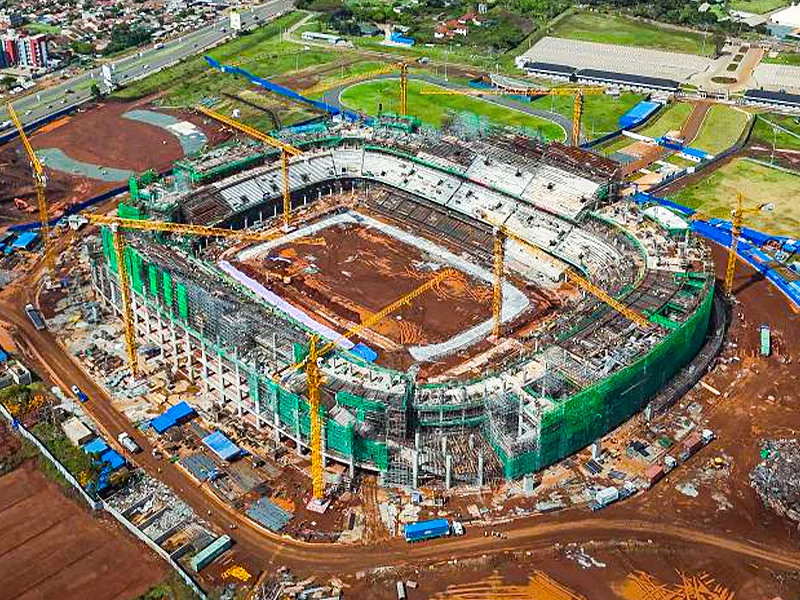
3. Nyayo National Stadium, Nairobi
Capacity: 30,000
Status: Renovated
Nyayo is Nairobi’s historic stadium.
It’s hosted KPL matches, national holidays, and CHAN 2024 finals.
After upgrades, it now meets CAF standards and remains one of the busiest stadiums in Kenya.
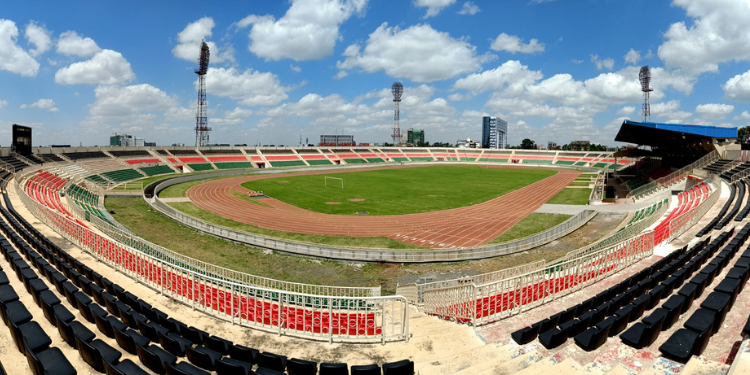
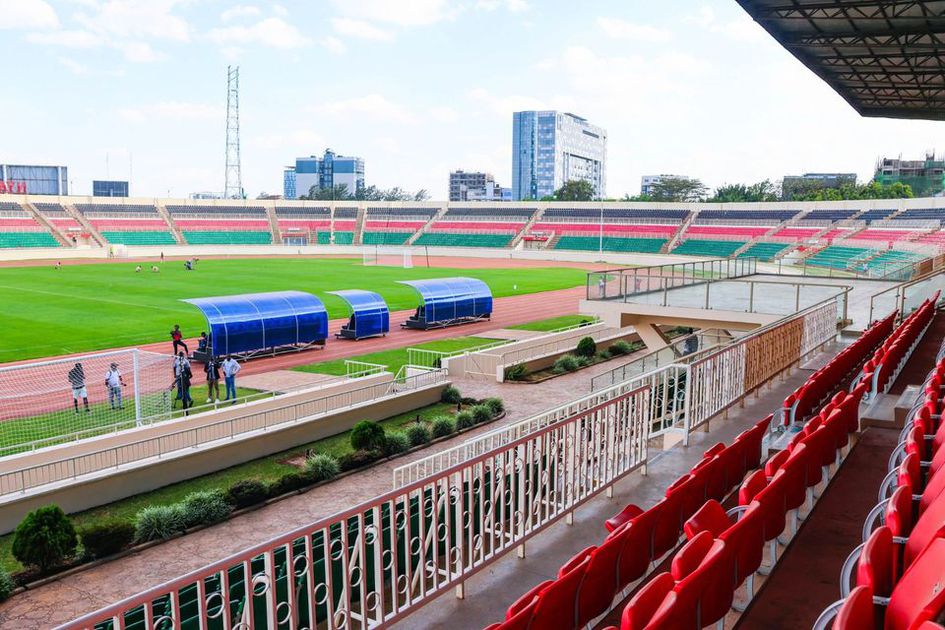
4. William Ole Ntimama Stadium, Narok
Capacity: 20,000
Status: Upgraded
Home to Sofapaka FC and Kariobangi Sharks, this stadium is a symbol of pride for Narok County.
It’s named after the late Maasai leader William Ole Ntimama and has become a hub for football and culture.

5. Kenyatta Stadium, Machakos
Capacity: 10,000
Status: Operational
Versatile and vibrant, Kenyatta Stadium has hosted everything from football and rugby to political rallies.
It’s a key venue for Eastern Kenya and a favorite for FKF Premier League matches.


6. Afraha Stadium, Nakuru
Capacity: 8,200 → 20,000
Status: Under renovation
Located near Lake Nakuru National Park, Afraha is one of Kenya’s most scenic stadiums.
It’s undergoing a Ksh 4 billion facelift funded by the World Bank, with new stands, tartan tracks, and lighting.
7. Ulinzi Sports Complex, Nairobi
Capacity: 7,500
Status: Operational
Built inside Lang’ata Barracks, this military-owned stadium is home to Ulinzi Stars FC.
It features a gym, pool, and recreation areas — a true sports complex.


8. Jomo Kenyatta Stadium, Kisumu
Capacity: 7,000 → 15,000
Status: Expanding
Located near Lake Victoria, this stadium is a cultural cauldron.
On match days, fans overflow onto the track, creating an electric atmosphere.

9. Bukhungu Stadium, Kakamega
Capacity: 5,000 → 30,000
Status: Expansion ongoing
Home to Kakamega Homeboyz, Bukhungu is Western Kenya’s football fortress.
Once renovations are complete, it will rival Kasarani in size and spirit.

10. Gusii Stadium, Kisii
Capacity: 5,000
Status: Operational
This is the home of Shabana FC, one of Kenya’s most beloved community clubs.
Gusii Stadium is deeply rooted in local culture and football tradition.

11. Dandora Stadium, Nairobi
Capacity: 4,000
Status: Newly opened (March 2024)
Built at a cost of Ksh 276 million, Dandora Stadium is a modern jewel for Embakasi fans.
It’s already hosted several FKF matches and is a model for community-driven sports development.


12. Raila Odinga Stadium, Homa Bay
Capacity: 4,000
Status: Operational
Named after the former Prime Minister, this stadium has hosted football, rugby, and political events.
It’s a key venue for Nyanza region.

Stadium Growth & Investment Trends
Kenya’s stadium boom is backed by serious numbers.
Investment Overview
Lessons from CHAN 2024: What Kenya Must Fix
AFCON 2027 preparations are being shaped by the hard-earned lessons of CHAN 2024, which Kenya co-hosted with Uganda and Tanzania.
While the tournament showcased East Africa’s potential, it also exposed critical gaps.
“The CHAN 2024 experience taught us that infrastructure is only half the battle. Fan experience, logistics, and technology integration are equally crucial for AFCON success.”
Fan Zones: The Soul of African Football
During CHAN 2024, Nairobi transformed ordinary spaces into open-air football carnivals.
Giant screens lit up the streets, hawkers turned into unofficial vendors, and strangers became family.
For AFCON 2027, fan zones must be planned from day one — not as an afterthought.
What’s Next: Kenya’s Road to AFCON 2027
With less than two years to go, Kenya’s AFCON 2027 roadmap includes comprehensive preparations across multiple fronts.
Final Word: Stadiums as Symbols
Kenya’s stadiums are no longer just venues — they’re symbols of ambition, community, and continental pride.
From the grandeur of Kasarani to the grassroots energy of Dandora, each arena tells a story.
As AFCON 2027 approaches, we at FutaaFisaa.co.ke will be your eyes and ears — capturing the roar of the crowd, the rise of new heroes, and the pulse of East African football.
“These stadiums represent more than concrete and steel. They are the dreams of a continent made manifest, where legends will be born and history will be written.”
Stay Connected for AFCON 2027!
Don’t miss any updates on Kenya’s stadium revolution and AFCON preparations. Join thousands of passionate fans already in our WhatsApp community!
Join FutaaFisaa Community

